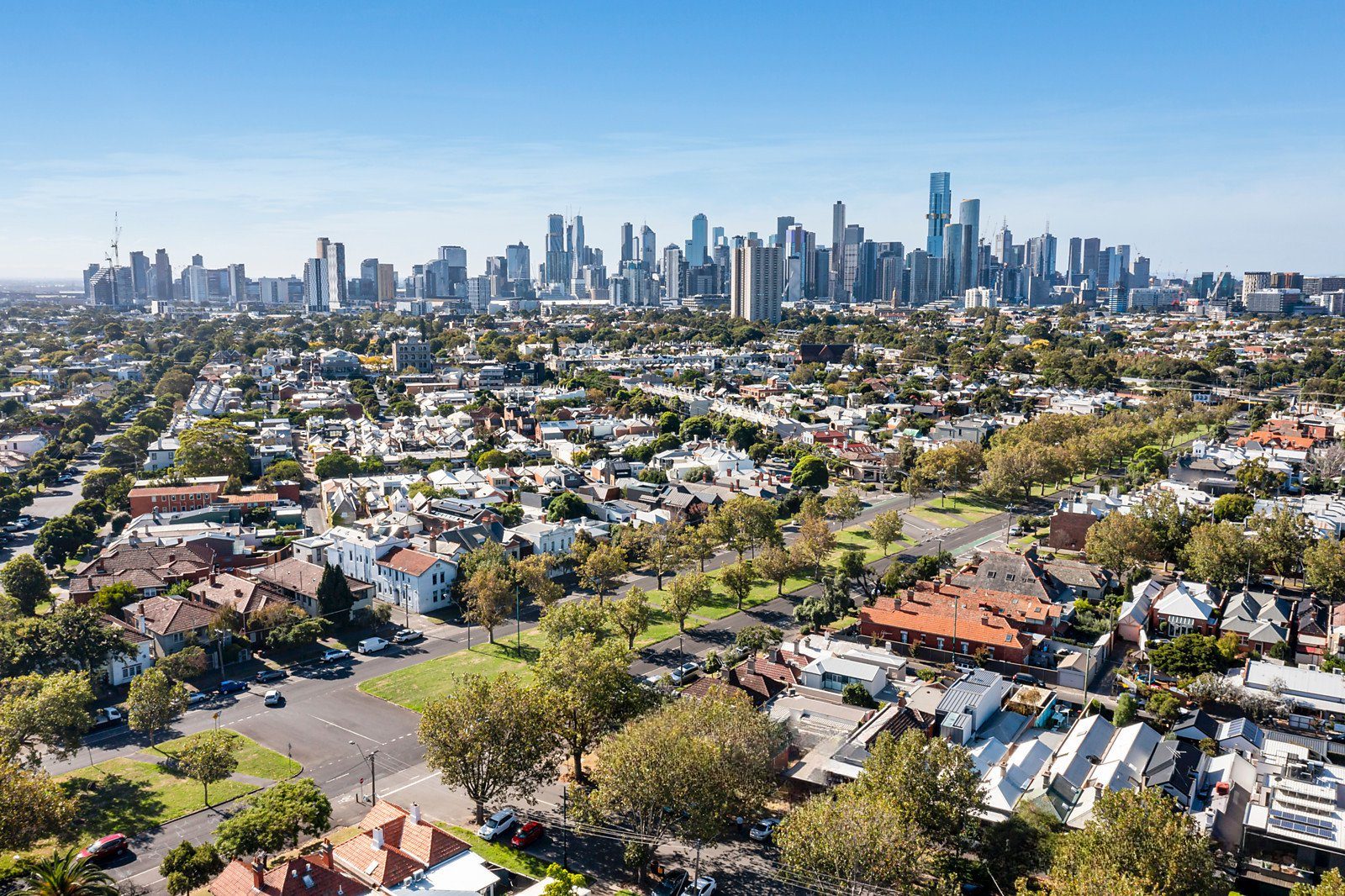The Melbourne property market faced a unique mix of challenges in 2024, including changes in state government policy and ongoing uncertainty surrounding interest rates. But for investors with an eye for value, these conditions have unlocked a new wave of opportunity that is fundamentally reshaping the future of the Melbourne property market. Navigating this mid-2020s economic landscape effectively will require a precise, long-term investment view.
In this outlook, we’ll examine key takeaways from the past year and reveal the strategic approaches that will define successful investments through 2025 and 2026.
Key Lessons from Melbourne’s 2024 Property Market
2024 reminded us that real estate investment in Melbourne is a marathon, not a sprint. Smart investors blocked out the market noise and short-term volatility by sticking to the fundamental economic truths: population growth and a structural undersupply of housing.
Melbourne Market Resilience and Growth
Despite pessimistic predictions and a period of low consumer confidence, the overall housing market showed resilience. Investors who stayed the course, protected by financial buffers and robust ownership structures, were able to ride out the fluctuations. It confirms that simply staying in the market long-term outweighs the risks of trying to predict the exact right time to buy.
Shifts in Buyer and Investor Preferences
The biggest change we saw was a move away from emotional buying. Chasing the latest “hot” suburb can lead to missed opportunities. Instead, investors focused on building a strategic portfolio of timeless, high-quality assets in areas with proven, consistent growth potential. This shift was largely driven by high interest rates and tighter borrowing limits, which naturally steered demand toward affordability.
Risks Investors Faced in Melbourne
The main concerns for investors in 2024 involved managing finances and navigating policy changes. Rising interest rates quickly put pressure on investors with high debt, highlighting how crucial savings are for handling payment shocks. While new land tax and tenancy reforms caused some investors to pull back, this reduction in competition actually created a prime buying opportunity for others, especially given Melbourne’s tight rental market.
Emerging Trends to Watch in Melbourne for 2025-2026
The ongoing lack of housing supply and the affordability challenge are set to define the next few years. Let’s take a look at a few pivotal Australian property investment trends emerging from these conditions.
Property Type Trends: Houses vs. Apartments
The persistent supply crunch is widening the house-apartment value gap, making land scarcity the single most important factor driving long-term capital growth in Melbourne real estate investment.
- Detached houses: The limited supply of houses, particularly in the middle and outer rings, is likely to continue to fuel competition. Smart investors are locking in established houses they can improve (renovate or subdivide) to truly cash in on that highly valuable land component.
- Apartments/units: Affordability pressures are pushing strong demand toward apartments, but the market is divided. While well-located, established units in low-density settings offer safe, steady yields, the risk of oversupply in high-rise areas means they usually can’t keep up with the strong growth houses get from owning more land.
Technology and Data-Driven Investment Decisions
As the market gets tighter, the difference between a good investment and a great one comes down to precision. Technology has transformed property investment into a data-driven science. Here’s how smart investors are leveraging this to gain an edge:
- Hyper-localised data analysis: Spot emerging suburbs or micro-markets by quickly processing granular data — from sub-1% vacancy rates and demographic shifts to street-level yield. This pinpoints early-cycle opportunities that the mainstream overlooks, turning data into a competitive advantage.
- AI for risk and opportunity: Assess and mitigate future risks by using predictive analytics. AI tools forecast critical changes, like predicting the impact of zoning shifts, infrastructure timelines, or vacancy rate spikes. This sophisticated software is crucial for de-risking portfolios and maximising returns in a volatile environment.
Strategic Approaches for Melbourne Investors in 2025
Successfully navigating the Melbourne property market in 2025 means accounting for the diversity of its submarkets and prioritising long-term fundamentals over short-term gains.
Diversifying Across Melbourne’s Suburbs
The property market is hyper-local, not a single entity. To manage risk and maximise returns, investors should seek diversification by looking beyond the immediate inner-city core, such as the middle-ring suburbs for development potential. As regional migration remains well above pre-COVID averages, consider exploring strong regional Victorian hubs that benefit from high job growth and lower living costs.
Focusing on Long-Term Capital Growth in Melbourne
Capital growth is the primary wealth driver for Melbourne real estate investments. To achieve it, concentrate on “investment-grade” properties in desirable neighbourhoods that meet several criteria:
- Strong population growth
- Significant infrastructure investment (i.e., new schools or transport hubs)
- A healthy owner-occupier balance
- High land value
These are the kind of “20-minute neighbourhoods” that people are willing to pay a premium to live in, ensuring consistent long-term demand.
Leveraging Professional Advice
Despite multiple RBA rate cuts in 2025 that have brought the cash rate to 3.60% (as of September 2025), the recent decision to hold the rate steady signals a cautious financial environment. This sustained high-interest-rate setting means that finance remains the critical factor for investment success.
Given this complexity, investors need tailored, holistic advice. Working with a trusted Melbourne buyer’s agent can help you construct a robust property plan that covers asset accumulation, tax minimisation, asset protection, and a long-term financing structure, ensuring portfolio safety and maximising wealth creation in a tight market.
Conclusion
The Melbourne property market is transitioning from a period of uncertainty to a strategic window of opportunity. The clearest takeaway from current trends is the power of a long-term, data-driven approach.
By deliberately focusing on assets underpinned by land scarcity, targeting affordable middle-ring suburbs, and leveraging strong rental yields, strategic investors can successfully position themselves for substantial capital growth through 2025 and 2026.
Ready to apply this data-driven strategy to your property goals?
.svg)
